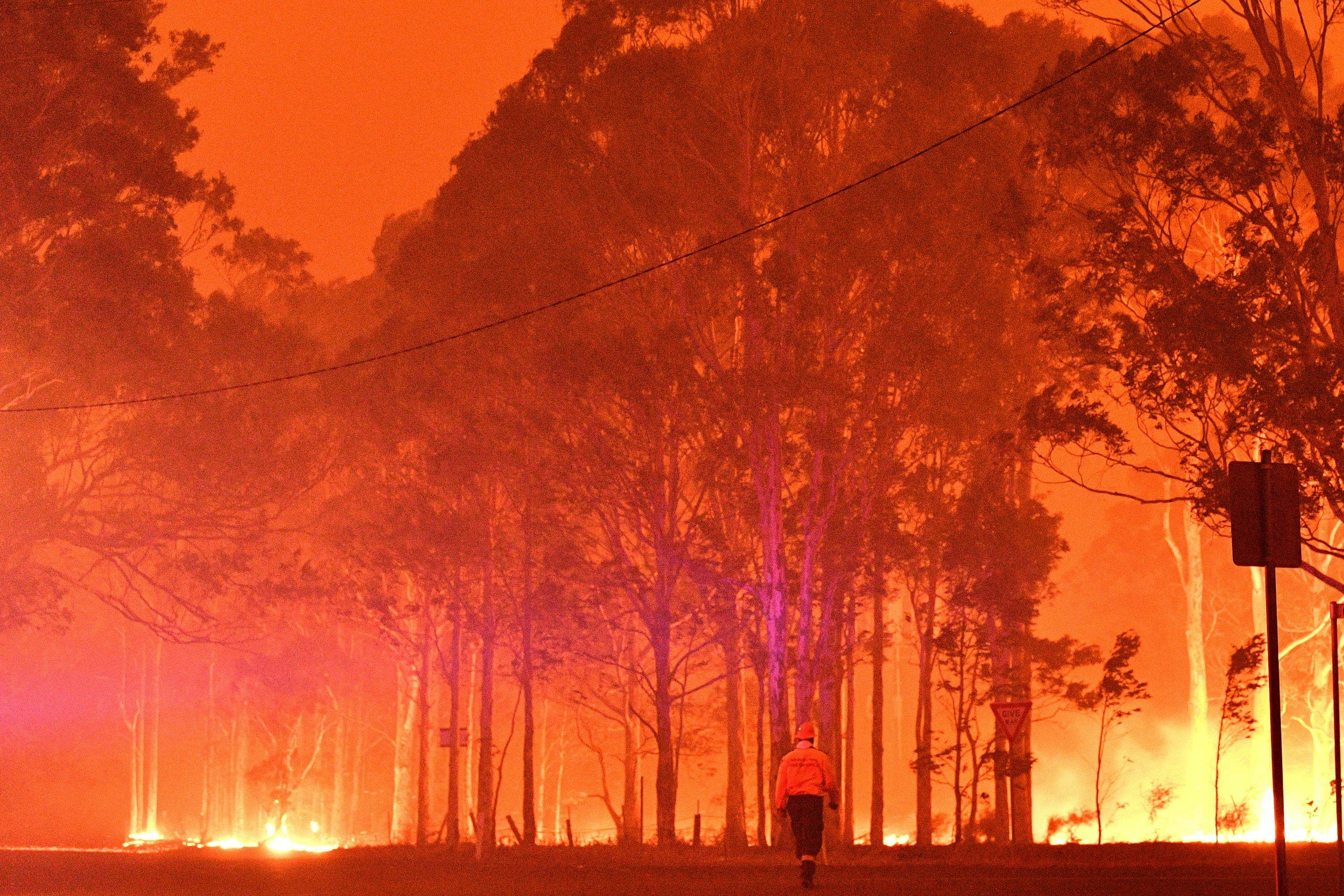Understanding Bushfire Readiness: The Role of a BAL Assessment in Risk Mitigation
Wiki Article
Necessary Tips for Bushfire Management to Make Certain Fire Protection

Comprehending Bushfire Risk Degrees
Understanding the differing degrees of bushfire threat is essential for effective planning and prep work in mitigating prospective risks to lives and residential properties. Bushfire risk levels are commonly classified based upon variables such as weather, fuel availability, topography, and historical fire behavior. By understanding these threat people, areas and degrees can proactively implement methods to decrease susceptability and enhance strength when faced with possible bushfire occasions.The initial level of bushfire danger is reduced threat, where the chance of a bushfire happening and creating considerable injury is very little. High-risk levels symbolize a considerable hazard, with conditions conducive to rapid fire spread and severe fire behavior.
Comprehending these bushfire danger levels allows stakeholders to customize their preparedness and response actions appropriately, ensuring a aggressive and efficient strategy to bushfire administration.
Developing a Defensible Space
Reliable bushfire management begins with developing a defensible area around buildings to boost defense against possible fire risks. A defensible area is a buffer zone that creates an obstacle between a framework and the surrounding combustible vegetation. This area functions as a vital line of defense, offering firemens a secure area to operate and aiding to decrease the risk of a fire spreading to the building.When establishing a defensible room, it is necessary to take into consideration the layout of the residential property and the bordering landscape. Clearing greenery, specifically very combustible plants, within a certain distance of the building can assist prevent the rapid spread of fires. Furthermore, preserving a well-irrigated zone around the residential or commercial property can additionally boost its defensibility.
Routine maintenance of the defensible space is essential to guarantee its effectiveness. This includes trimming overhanging branches, removing dead plant life, and keeping the location free of particles. By investing effort and time into establishing and keeping a defensible area, homeowner can significantly enhance their opportunities of securing their homes and assets throughout a bushfire.
Executing Fire-Resistant Landscape Design
When designing landscapes to reduce the danger of bushfires, incorporating fireproof aspects is essential for boosting home security and reducing fire hazards. Select plants with high moisture material, reduced oil content, and very little dead plant life to decrease the risk of fire spread.
Creating an Emergency Situation Evacuation Plan
Developing a thorough emergency situation evacuation plan is crucial for making sure the security and wellness of individuals throughout possible bushfire occurrences (BMP). An efficient evacuation strategy must detail clear procedures to adhere to in the event of a bushfire threat, including assigned evacuation paths, assembly factors, and interaction protocolsTo start developing an emergency evacuation strategy, it is important to analyze the certain risks and susceptabilities of your place. Identify multiple discharge routes that result in safe areas away from the fire, taking into consideration aspects such as terrain, roadway availability, and potential hazards. Establish interaction channels to sharp locals of an approaching evacuation, utilizing techniques such as sirens, text alerts, or door-to-door alerts.
Regularly review and exercise the discharge plan with all residents or area participants to make sure every person understands their obligations and roles. Conduct drills to examine the performance of the plan and make any essential changes. By having a well-prepared discharge strategy in location, you can enhance the chances of a orderly and secure emptying during a bushfire emergency.
Keeping Fire Safety Equipment
After developing a comprehensive emergency discharge strategy for bushfire incidents, it is necessary to focus on the routine upkeep of fire safety and security devices to ensure optimum functionality and preparedness. Routine maintenance of fire safety and security tools such as fire extinguishers, smoke detectors, smoke alarm, and automatic sprinkler is important in guarding lives and residential or commercial property during a bushfire. When needed., conducting routine examinations, testing, and servicing of these devices by qualified specialists is vital to guarantee they are in functioning order.Fire extinguishers need to be checked routinely for stress degrees, visible damages, and appropriate functionality. By vigilantly maintaining fire safety equipment, people can boost their preparedness and response capabilities in the occasion of a bushfire.
Conclusion
To conclude, effective bushfire monitoring includes comprehending threat degrees, developing defensible areas, implementing fireproof landscaping, creating discharge strategies, and maintaining fire security devices. By adhering to these essential suggestions, individuals can make sure better fire security and security for their properties and areas. It is essential to focus on proactive measures to alleviate the risks connected with bushfires and to be gotten ready for emergencies.By understanding the nuances of bushfire risk levels, establishing defensible rooms, implementing their website fireproof landscaping, developing thorough discharge visit their website strategies, and guaranteeing the maintenance of fire safety and security devices, areas and individuals can significantly boost their strength against the devastations of wildfires - Bushfire Management Plan. These ideas are not only important for safeguarding versus instant fire hazards yet likewise for cultivating long-term fire security strategies that can make a considerable distinction in the face of rising bushfire risks
Risky levels symbolize a significant threat, with problems favorable to quick fire spread and severe fire behavior. Normal upkeep of fire safety devices such as fire extinguishers, smoke detectors, fire alarm systems, and sprinkler systems is important in protecting lives and residential or commercial property during a bushfire.In final thought, efficient bushfire monitoring navigate to these guys entails understanding risk degrees, developing defensible spaces, executing fireproof landscape design, establishing evacuation plans, and keeping fire safety tools.
Report this wiki page